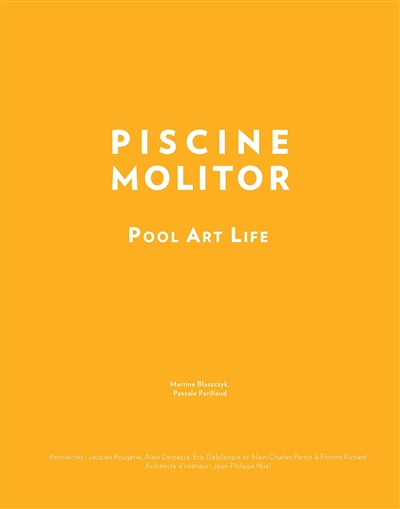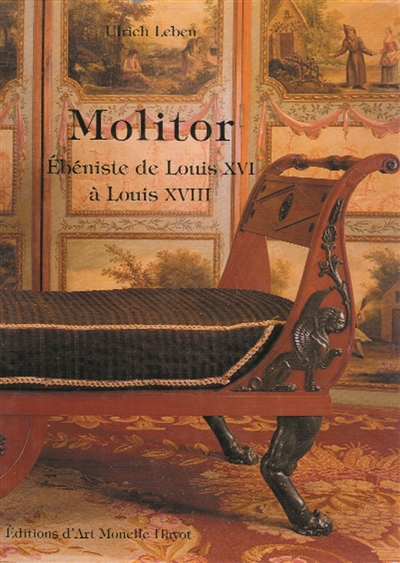par Blaszczyk, Martine ; Parillaud, Pascale
Archibooks
2017 -
-
Disponible - 721.55 BLA
Niveau 3 - Arts
Résumé : Piscine inaugurée en 1929, Molitor, dans le 16e arrondissement de Paris, est devenu en 2014 un complexe avec hôtel, restaurant, bar et toit-terrasse. Panorama des ambiances, décors et espaces intérieurs après opérations de réhabilitation. ©Electre 2017

 Les bibliothèques de la ville de Paris
Les bibliothèques de la ville de Paris
 Les bibliothèques universitaires
Les bibliothèques universitaires
 La BnF
La BnF
 L'encyclopédie Wikipédia
L'encyclopédie Wikipédia
 L'Encyclopædia Universalis
L'Encyclopædia Universalis
 La bibliothèque du film
La bibliothèque du film
 La médiathèque de la Philharmonie de Paris
La médiathèque de la Philharmonie de Paris














